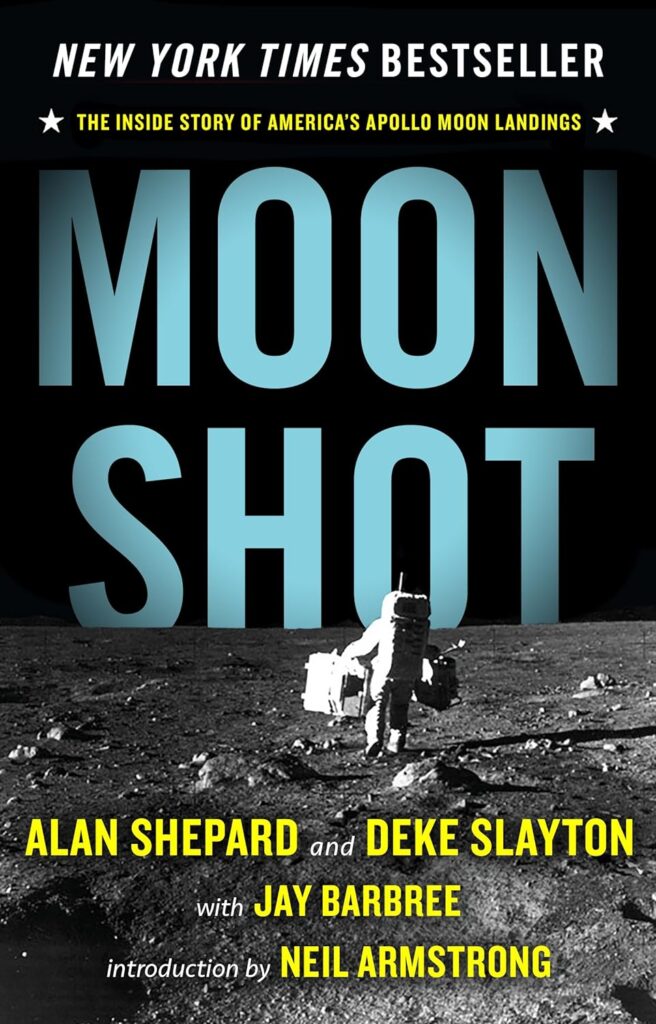Real space food vs fake space food
Let me take you on an epic journey to the heart of the galaxy. Oh, no wait, that’s uh, that’s just an ice cream sammich. A space ice cream sandwich. I mean, look at that astronaut. He’s going to love eating that thing as he explosively decompresses. I hope I’m not ruining anyone’s childhood by saying that Astronaut ice cream has probably never actually been eaten in space. In fact, it would be a terrible food for use in microgravity. Real space food is a lot more like the MRE rations you eat in the army, and you can see why they don’t sell that at the Smithsonian Gift Shop. So how did this come to dominate the imaginations of space-obsessed kids like I was? Well, when the US and the Soviets were planning the first crude space flights, no one knew if it would even be possible to eat in space. Gravity plays a big role in pulling our food down our throats and through our systems. In the absence of earth-type gravity, they were afraid that maybe food would just kind of float inside your esophagus like ink floating around inside a pen, and it wouldn’t come out the bottom end as intended. “We spent millions of dollars developing a pen for the astronauts that would work in zero gravity. You know what the Russians did?” “Used a pencil?” “They used a pencil.” Yeah, that’s actually an urban legend perpetuated by The West Wing. First of all, most of the cost of developing the space pen was borne by this private company, Fisher, because they knew that they would be able to sell it to space-obsessed kids like me. Bingo. Secondly, the Soviets also switched to using pens because pencils are highly flammable, which is, you know, not great inside a spacecraft. Also, the graphite kind of chips and turns into dust that floats around inside the capsule, and that’s not great either. And that’s basically the same reason why nobody eats space ice cream in space. Imagine all these particles floating around and getting in your eyes and getting in the computers or whatever. Though this product was initially developed for NASA. In the early 1970s, somebody at NASA’s Ames Research Center in Silicon Valley got an idea. What if visitors here could taste some space food. That might ignite their imaginations, and then they might call their representatives and urge them to not cut NASA’s budget. Solid reasoning. So Ames called a company called American Outdoor Products that made freeze-dried foods for hikers and such. You put some frozen food in a vacuum chamber, which lowers the boiling point such that you can evaporate all the water out without getting the food warm. Nutrients, enzymes, and even some beneficial microorganisms go undamaged. The food is preserved and it’s much lighter, so it doesn’t weigh down your pack. So NASA asked this company to freeze dry some ice cream. Kids visiting government research facilities just love ice cream, don’t you know. And the first thing they tried was just freeze drying a whole bucket of ice cream, and then they chipped out solid chunks to serve as individual portions, kind of a pain and not very pretty. So they found another company that packaged individual slices of so-called Neapolitan ice cream. Chocolate, vanilla, and strawberry side by side. Slices or sandwiches have a lot more surface area, so they’re easier to freeze dry, and you can package them whole. Eureka. This is real ice cream. Milk, cream, sugar, normal stuff. If you look close, you can even see the airy texture produced by the churning process. This is basically how they freeze dry brewed coffee into little flakes that you can simply reconstitute in hot water. It’s surprisingly not terrible, though not nearly as good as what I get from Trade Coffee, sponsor of this video. Get a free bag of coffee with any subscription purchased at DrinkTrade.com/Ragusea. What kind of coffee does Trade carry? Not a one. Trade is not a coffee warehouser. They’re a coffee discovery service. They search these United States for the best independent coffee roasters. They sample lots of brews, and from that Trade selects dark roasts, light roasts like this one, some blends, some espressos, some unusual stuff, all to keep a red-bagged feed of surprising, delighting coffee coming straight to your door on your schedule as fast as you go through it. And it’s coffee curated for your particular tastes and roasted to order. Trades partner roasters ship their bags within 48 hours of roasting and freshness makes a huge difference to the taste. I pretty much learned about my own tastes in coffee by trying different things that Trade sent me, and I learned that I like very strong brews, a very lightly roasted coffee. But you do you. Get your own curated coffee feed in orbit around your mailbox. Get a free bag with any subscription at DrinkTrade.com/Ragusea. That’s in the description. Thank you, Trade. Anyway. Freeze-dried food was and is eaten by real astronauts in space. It preserves a lot of nutrients and it reduces the weight by taking out all of the water. That’s really important when you’re sending up payloads into space on rockets at enormous expense per gram. But real astronauts usually reconstitute the food in warm water before eating it, both to make it more palatable and less hazardous. If some liquid food gets loose in the Space Station, it stays together in a single floating glob because of surface tension. Water is more attracted to itself than it is to air, so it holds together until a stronger force breaks it apart. In contrast, dry foods send tiny little particles spewing everywhere, and that’s why bread is not allowed on the International Space Station. You could reconstitute the ice cream inside a bag of hot water. Check out all the air inside it bubbling out as it is displaced by water. But because ice cream is a liquid at warm temperatures, and because it’s full of sugar, it just dissolves into an ice cream soup that isn’t terrible, but they just have better things to eat in space these days. And of course, it turns out that you can eat and digest successfully in microgravity because the pumping action of your digestive system pushes everything through. Unfortunately, you do need gravity to pull your sinus fluids down. So when you’re in space, you tend to get congested, and that blocks you from being able to smell your food as you eat, and smell is at least half of flavor. Hence, real astronauts tend to prefer spicy foods and other very strong tastes that they can perceive in their mouths without the aid of the olfactory system. The milky, aromatic qualities of ice cream would be wasted on real astronauts. The only documented case of freeze-dried ice cream ever going into space was on the Apollo 7 mission. It’s listed on a menu document. It would’ve been an earlier version of the product developed by the Whirlpool appliance company, but a few years ago, Vox.com called the last surviving Apollo 7 crew member, Walt Cunningham, and he said that he didn’t remember anyone actually eating it. This version was made specifically for earthbound gift shops, and I am not complaining. The gift shop at the Smithsonian Air and Space Museum is basically the happiest place in the world to me. My dad used to go to DC on business trips and he’d bring us back ice cream and space shuttle toys, and I’ve been delighted to continue that tradition with my kids. Wait a minute, Atlantis? No. We are an Enterprise family around here. Much better. Now, real astronauts have eaten normal ice cream in space because they’ve got a freezer aboard the ISS now. Yeah, the water inside the ice cream weighs a lot on the rocket, but you have to send some water up to them regularly, right? And whatever water the astronauts ingest in the form of food, they just pee out again and pee gets filtered and reused on the ISS so it’s fine. We send up wet foods all the time now. All of that explains why astronauts have not and probably will not eat Astronaut ice cream in space. Still tastes pretty awesome though. Tastes like progress and optimism for the future. Those are good things.













